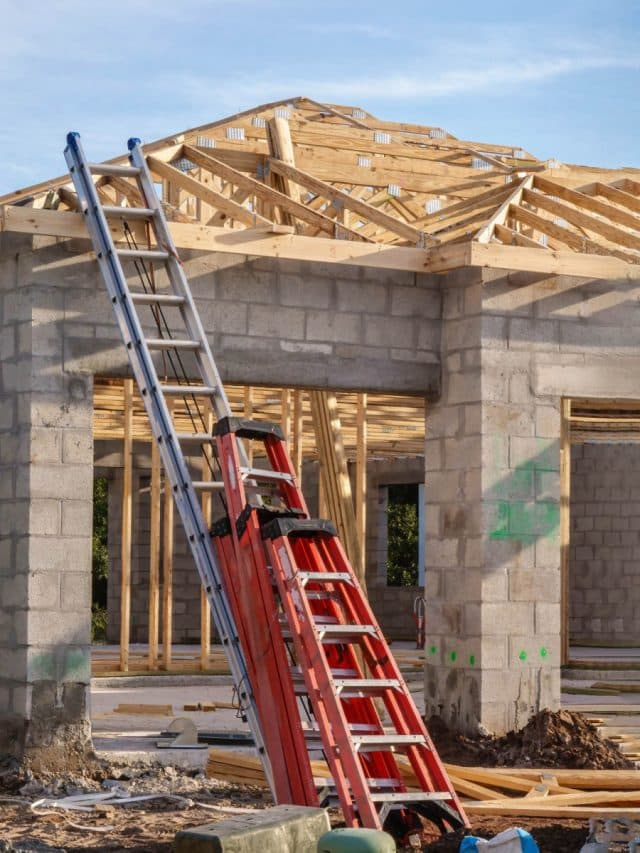
Looking at the Big Picture: Housing Affordability
Housing affordability has been a growing concern in the United States in recent years, particularly given the spike in mortgage rates and surge in home sales prices in 2022. A worsening housing supply shortage and wage stagnation are commonly cited as among the main factors for the affordability issue. We analyzed the long-term trends in employment earnings and housing costs to investigate when and to what extent housing affordability has deteriorated over time.
We compared the evolution of the Consumer Price Index (CPI) and median nominal earnings for full-time workers (Figure 1), as measured by the U.S. Bureau of Labor Statistics. We also decomposed the shelter component of the CPI from the remaining items and present these as separate trends.
Figure 1 – Source: U.S. Bureau of Labor Statistics — fred.stlouisfed.org
CPI does not point out a crisis

From 2000 to 2014, all three indices did not deviate drastically from each other. Starting in 2015, however, the shelter component of the CPI began to diverge. During the recent inflation surge, there has been an acceleration in the level of consumer prices other than shelter, but not enough to match the accumulated inflation in the latter. What’s perhaps surprising is that employment earnings have kept pace even with the shelter component. This pattern confirms that over the last quarter century, real wages have remained stagnant at least until 2015, and have had meager growth since. In contrast, it also indicates that the ability of a continuously employed individual to afford shelter has not substantially declined, at least as measured by the CPI. Admittedly, it is conceivable that the median household may be adapting their housing choices toward more affordable options, in less desirable locations or smaller/older homes. On the other hand, the fact that real wages have grown in recent years relative to all other consumer goods excluding shelter means that the average individual should be able to afford more shelter due to lower relative expenditure on all other goods.

This pattern also suggests that other labor market indicators may have a greater relevance for the affordability problem, such as labor force participation, unemployment rate, duration, and/or job turnover. However, the unemployment rate, which stood at 3.5% in December 2022, has been at a historically low level — and there has been no dramatic increase in the average time people stay unemployed. The same can be said about job turnover. This leaves labor force participation as the remaining culprit. In fact, participation rates have continuously declined over the past two decades, from a high of 67% to just over 62%, and there was a sharp drop since the onset of the COVID-19 pandemic. Moreover, the average number of employed persons per household is at a level close to the recessions in 2008, the early 1980s and the oil crisis in the 1970s.
While the accumulated shelter inflation as measured by the CPI approaches 100% since 2000, home price indices such as the Case-Shiller display even greater appreciation, having recently crossed 200% over the same period. Thus, perhaps the CPI is unable to adequately measure surging housing costs. Still, purchasing a home is a financial decision that depends not only on household income but also on the cost and availability of credit. In this way, we combined our measure of employment earnings with average mortgage rates to calculate the borrowing power of the median worker[1].
Recent decline in affordability
During much of the period considered, the relative growth in the amount that an individual can borrow has stayed above the increase in home prices (Figure 2). It’s interesting to note the stark discrepancy between home prices and the individual borrowing capacity in the years leading up to the subprime mortgage crisis. In the past year, though, the surge in inflation pushed the Federal Reserve to aggressively tighten its monetary policy, which caused mortgage rates to jump from roughly 3% to 6.2% in January 2023. This has drastically reduced the borrowing power of prospective homebuyers. Still, it remains to be seen whether decreased demand will put a break on home price appreciation.
Nevertheless, despite the squeeze that increasing mortgage rates and home prices are placing on those looking to buy their first homes, homeownership rates have maintained an upward trend since 2016, according to Census Bureau data for the third quarter of 2022. In addition, mortgage delinquency and foreclosure rates for current homeowners have remained very low. Granted, this is not evidence against the affordability problem, but that there hasn’t been a long-term, progressive aggravation, at least in the single-family home market. On the contrary, conditions have deteriorated rather suddenly, and this has been compounded by the abrupt, post-pandemic decline in labor force participation. How these factors will impact the overall market in the long run is still a matter of speculation, however.
Figure 2 – Source: S&P Dow Jones Indices LLC, and author’s own calculations based on U.S. Bureau of Labor Statistics and Freddie Mac data — fred.stlouisfed.org
Footnotes:
- In our calculation, we consider a budget of 30% of gross income and a 30-year fixed rate mortgage. Back to content

Author:
Fernando Mattar is assistant director of data management for the UF Bergstrom Real Estate Center.